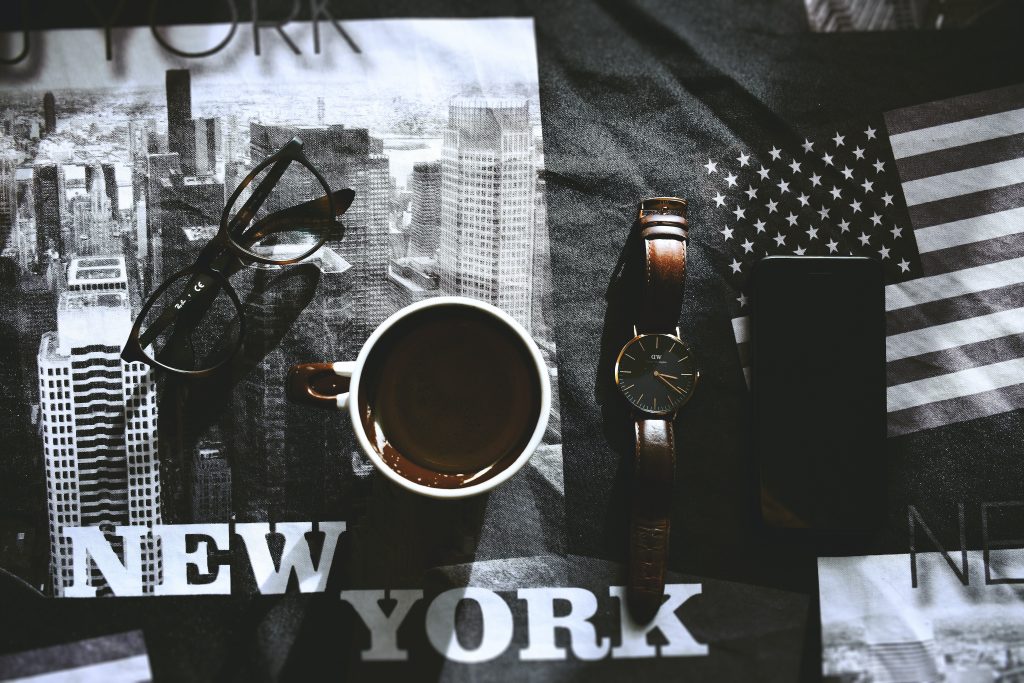The accounts of Ahmed al-Ghaffar in Yemen from the middle of the 15th century contain the earliest reliable evidence of coffee consumption or knowledge of the coffee tree.
In Yemen, coffee was first roasted and brewed in a manner similar to how it is done today. Sufi circles used coffee to stay awake during their religious rites. The origin of the coffee plant before it appeared in Yemen is disputed. Yemen could have received coffee from Ethiopia through trade across the Red Sea. According to one story, Muhammad Ibn Sa’d brought the drink from the African coast to Aden. According toearlier accounts, the Shadhili Sufi order’s Ali ben Omar was the first to introduce coffee to Arabia.

Al Shardi asserts that Ali ben Omar may have encountered coffee during his 1401 stay with the company of the Adal king Sadadin. Ibn Hajar al-Haytami, a well-known 16th-century Islamic scholar, mentions in his writings how a drink called qahwa originated from a tree in the Zeila region of Somaliland. [13] First, coffee was brought from Harar and the interior of Ethiopia to Yemen by Somali traders from Berbera and Zeila in present-day Somaliland. Before the Mocha coffee trade was seized by British-controlled Aden in the 19th century, Captain Haines, the colonial administrator of Aden (1839–1854), claimed that Mocha historically imported up to two-thirds of its coffee from merchants based in Berbera. Following that, a significant amount of Ethiopian coffee was exported to Aden via Berbera.
A 1652 handbill in London’s St. Michael’s Alley promoting the sale of coffee
The remainder of the Middle East, Persia, Turkey, and North Africa had access to coffee by the 16th century.
Sufi Baba Budan transported the first coffee seeds from Yemen to India at that time through the Middle East. Prior to that, all coffee was sterilized by boiling or another method. According to the portraits of Baba Budan, he once smuggled seven coffee seeds by securing them to his chest. In Mysore, the first plants that grew from these illicit seeds were planted.
By the year 1600, coffee had reached Italy. From there, it spread to the rest of Europe, Indonesia, and the Americas.
German physician Leonhard Rauwolf described coffee in 1583 after returning from a ten-year trip to the Near East with the following details:
a drink that is as dark as ink and effective against many illnesses, especially stomach ones. In all honesty, it is consumed by its customers in the morning in a porcelain cup that is passed around and from which each person takes a cupful. It is made of water and the fruit of the bunnu bush.
— Léonard Rauwolf, Travels in the Morninglands Numerous goods, including coffee, were delivered to the Venetian port as a result of the thriving trade between Venice and North Africa, Egypt, and the Middle East (at the time, the Ottoman Empire). It was introduced to the rest of Europe from Venice. Despite calls to outlaw the “Muslim drink,” coffee gained popularity after Pope Clement VIII recognized it as a Christian beverage in 1600. Vienna welcomed the first coffee shop in Europe in 1647. As an imported colonial An advertisement for coffee essence from the late 19th century
a 1919 G Washington’s Coffee advertisement. George Washington created the initial instant coffee in 1909. The first company to import coffee in large quantities was the Dutch East India Company. Later, the crop was grown by the Dutch in Java and Ceylon. In 1711, Java saw the first exports of Indonesian coffee to the Netherlands.
The British East India Company helped coffee gain popularity in England as well. John Evelyn noted tasting the beverage in Oxford, England, in a diary entry from May 1637. Nathaniel Conopios of Crete, a Balliol College student from Crete, had brought the beverage there. The Queen’s Lane Coffee House in Oxford, which opened its doors in 1654, is still operational today. Following the Battle of Vienna in 1683, when coffee was taken from the defeasible supplies of the enemy, coffee was introduced in Austria and Poland. France followed in 1657, and in Austria and Poland after the 1683 Battle of Vienna, when coffee was captured from supplies of the defea.


